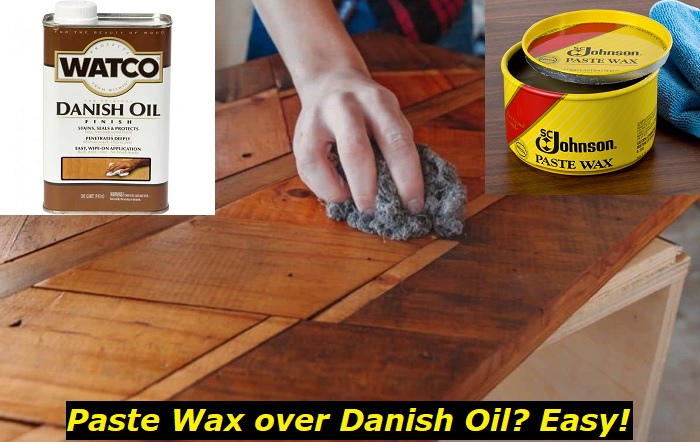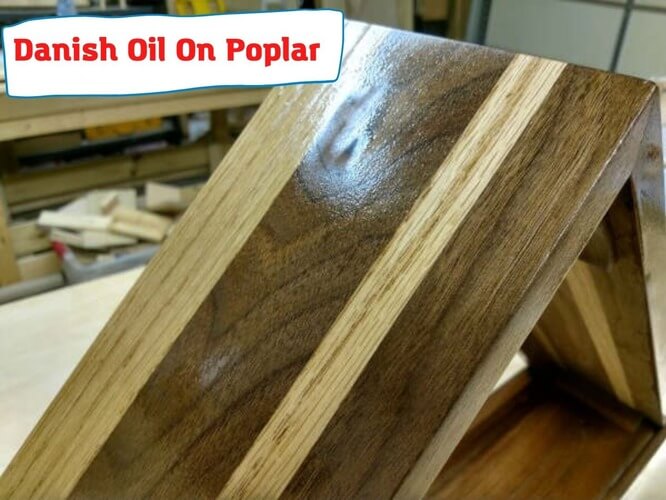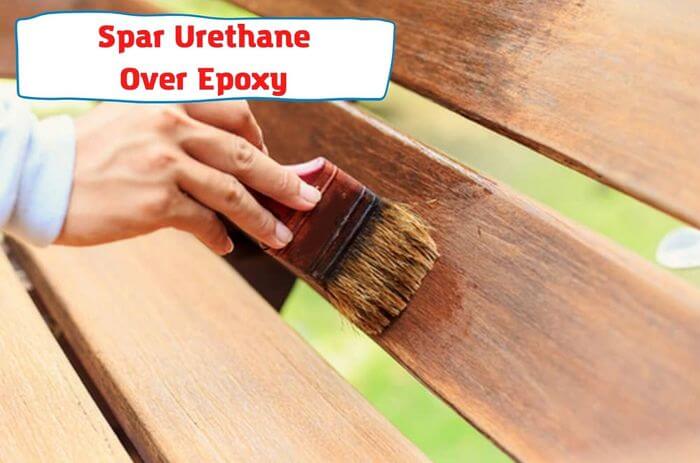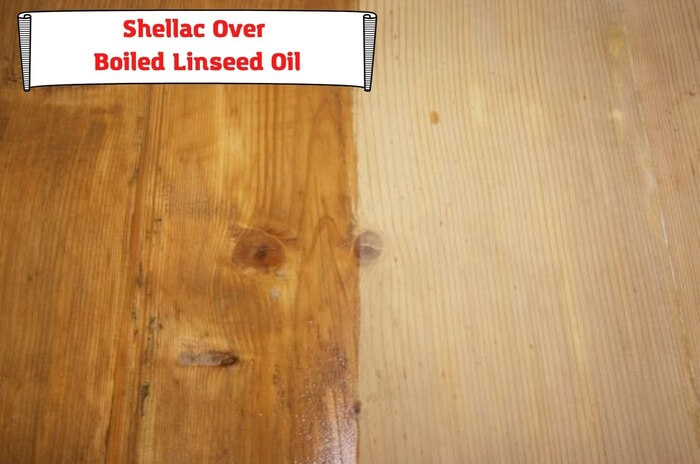Waxing furniture is essential for both protection and aesthetics. It not only safeguards the wood but also brings out its natural color, highlighting unique features like grain patterns, bumps, and knots that add character to the surface.
Most finishing waxes, especially paste finishing wax, are recommended for woodwork, antiques, cabinets, and accessories that don’t need a hard protective coat like polyurethane. This wax enhances the wood’s appearance, making it a popular choice among artisans.
Applying a finishing oil, such as Danish oil, imparts a sheen to the material. Danish oil is a hard-drying oil known for creating a durable and water-resistant finish.

Combining Danish oil with paste wax can yield a robust finish, enhancing scratch resistance. This article explores the effectiveness of using paste wax over Danish oil and whether it’s a practical approach or a potential waste of materials.
What is Paste Wax?
Paste wax has been a staple in both woodworking and metalworking for centuries. It offers a smooth finish and a beautiful shine to both metal and wooden surfaces. This thick, creamy wax is applied with a rag and buffed until a vibrant shine emerges.
The use of paste wax with a rag not only polishes but also smoothens the wood’s surface. Historically based on beeswax, modern formulas often incorporate carnauba wax for its enhanced durability.
Paste wax is renowned for its ability to protect and beautify wooden surfaces, making it an exceptional product for wood detailing. While more labor-intensive than other waxes, its superior sheen and finish justify the effort.
What is Danish Oil?
Danish oil is a blend of thin oil and varnish, offering robust protection against heat, scratches, chemicals, and stains, while enhancing the natural beauty of wood. Common ingredients include polymerized linseed oil, tung oil, mineral spirits, synthetic resins, and varnishes. The specific composition varies by manufacturer, leading to no standard formula. When exposed to air, Danish oil polymerizes into a solid, creating a durable, water-resistant finish that enriches the sheen of both wooden and metal surfaces. Its versatility and efficacy have made it a preferred choice for wood protection over centuries.
Is Paste Wax Over Danish Oil a Good Idea or a Waste of Materials?
Typically, waxing serves as a final protective layer over other finishes. It shields against water damage, reduces the likelihood of scratches and scuffs, and adds sheen to wood and metal surfaces. Paste wax can be easily rejuvenated with a minimal additional coat.
Danish oil, a type of oil finish, repels water and can be refreshed with a new application. Unlike drying oils, paste wax does not crosslink; it remains soluble and can be buffed to a brilliant shine, making it an excellent topcoat over Danish oil.
If Danish oil is given a few days to cure and loses its stickiness, applying paste wax over it can be effective. While not essential, paste wax enhances the protection and gloss of the oil finish. However, it can make applying a new coat of Danish oil more challenging. Still, a fresh coat of paste wax can restore the luster of the Danish oil finish. Therefore, using paste wax over Danish oil is a beneficial practice.
Benefits Of Using Paste Wax on Wooden Surfaces
Paste wax offers significant protection for wooden projects, minimizing scratches and enhancing durability. Its long-lasting effect ensures professional detailing, leaving wooden surfaces looking shiny and rejuvenated.
Key advantages of using paste wax include:
- Paste wax can smooth out pitted and uneven surfaces, thanks to its silicone content.
- With a higher concentration of wax and solvent, paste wax effectively removes ingrained dirt.
- It’s compatible with other sealants, adding to its versatility.
- Some paste waxes include UV protection in their formulations.
- The use of paste wax is often seen as more sustainable and eco-friendly.
- It can act as a filler for minor scratches and dings, improving the appearance of damaged furniture.
Benefits Of Using Danish Oil on Wooden Surfaces
Danish oil is known for its durability and the glossy finish it imparts to wooden and metal items, often outperforming other finishing oils.
The benefits of Danish oil include:
- It offers a water-repellent effect, making it ideal for both interior and exterior applications.
- Danish oil typically dries faster than many other oils, with varying drying times influenced by humidity and temperature.
- Its non-toxic composition makes it safe for indoor use.
- The oil provides protection against temperature fluctuations and other environmental factors.
- It enhances the sheen of items, adding an extra layer of gloss.
- Danish oil is easy to apply, with a rag often yielding better results than a brush.
Disadvantages of Danish Oil
Using Danish oil on metal and wooden surfaces has certain drawbacks:
- Risk of Spontaneous Combustion: Danish oil can spontaneously combust when rags soaked in it are improperly stored. This is due to its reaction with atmospheric oxygen, which also causes the surface to harden. Safe disposal or storage of these rags is crucial.
- Regular Maintenance Required: The polymeric structure of Danish oil attracts dust, necessitating regular cleaning and reapplication (2-3 coats annually) to maintain its gloss.
- Less Durability: Compared to other oil finishes, Danish oil offers less durability, with reduced resistance to scratches and cracks over time.
- Time-Consuming Application: Applying Danish oil is labor-intensive. Each coat requires 2-3 days of drying time before the next can be applied, with the total duration varying based on the specific type of Danish oil used.
Disadvantages Of Paste Wax
Paste wax also has its limitations:
- Frequent Maintenance: Paste wax requires reapplication at least once a year, as it wears off relatively quickly. Continuous reapplication can lead to a dull appearance over time.
- Difficult Removal: The deep penetration of paste wax into surfaces makes it challenging to remove, potentially contaminating new finishes if not completely eliminated.
- Vulnerability to Heat: With a low melting point of around 140°F, paste wax is susceptible to heat damage, making it less suitable for modern appliances.
- Limited Surface Protection: Offering less protection than modern finishes like polyurethane or lacquer, paste wax is less effective against scuffs and scratches.
- Prone to Drying Out: Improper storage can lead to the drying out of paste wax. Additionally, contaminants can easily infiltrate the container, compromising its quality.
- Can You Unmix Paint: Techniques, Consequences, Alternatives - February 23, 2024
- Does Primer Need to be Mixed? Effective Primer Application - February 22, 2024
- How to Make Old Paint Usable Again: Retrieving and Preserving Paint - February 21, 2024



